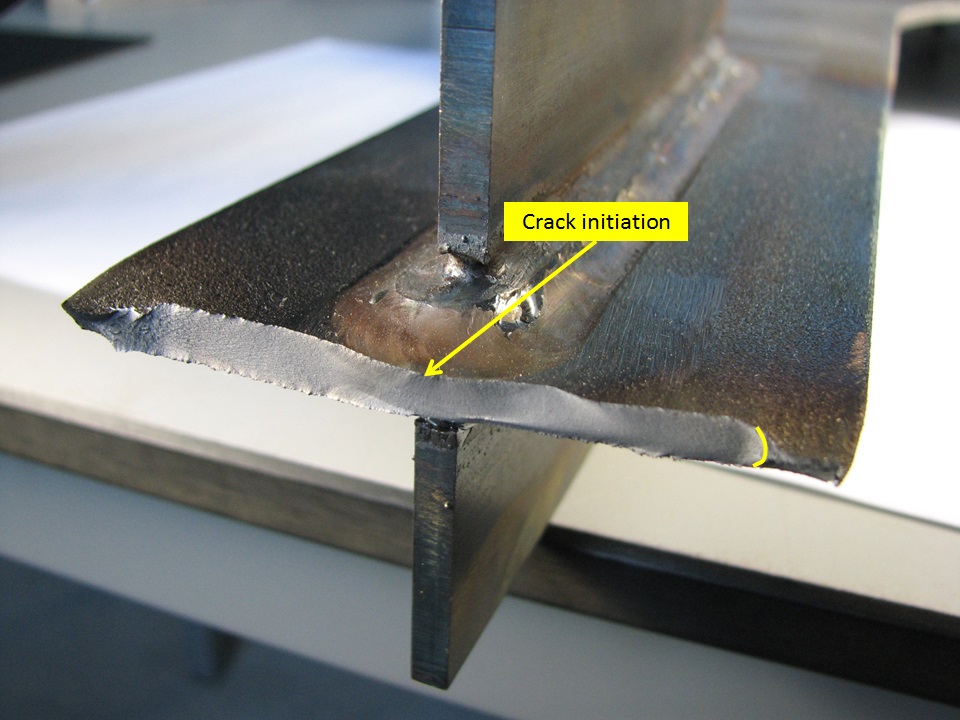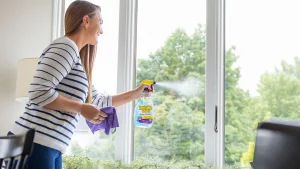CV joints transfer power from the transmission to wheels. Repeated stress cycles weaken internal components gradually over time. Bearings, cages, and races develop tiny cracks reducing joint strength. Early detection by Auto Repair in Cartersville, GA prevents sudden failure and expensive repairs effectively. Healthy joints maintain smooth torque transfer under all driving conditions. Understanding fatigue mechanisms improves maintenance and prolongs joint life consistently. Proper inspection preserves joint integrity and prevents unexpected breakdowns reliably. Acting promptly ensures predictable steering response and smooth driveline operation. Aging CV joints require attention to prevent catastrophic driveline failure.
Stress Cycles on Bearings
Bearings endure rotational and axial forces continuously during driving repeatedly. Each stress cycle produces microscopic deformation gradually weakening the material structure. Over time cracks propagate leading to binding vibration or complete seizure. Mechanics inspect bearing surfaces for wear pitting or surface cracks carefully. Replacing fatigued bearings restores smooth torque transfer and predictable rotation. Healthy bearings absorb stress without producing noise or clunking during operation. Ignoring stress cycles accelerates wear and reduces driveline reliability noticeably. Proper bearing maintenance prevents unexpected failure and preserves CV joint function. Fatigue in bearings is a major contributor to joint deterioration steadily.
Cage Fatigue
The cage maintains ball position and absorbs joint forces continuously. Repeated loading causes cracks or deformation reducing structural stability gradually. Cage failure produces vibration clunking and may prevent proper torque transfer. Mechanics check cage alignment and inspect for cracks or wear carefully. Replacing fatigued cages restores joint geometry and rotation efficiency reliably. Healthy cages maintain smooth rotation and prevent excessive bearing movement consistently. Neglecting cage fatigue accelerates internal wear and produces driveline noise. Proper cage integrity ensures long-term CV joint durability and performance. Cage fatigue is often overlooked but critically impacts joint longevity significantly.
Race Surface Wear
Race surfaces guide the bearings during rotation under stress continuously. Repeated loading produces pitting and surface cracks reducing smooth contact. Irregular surfaces increase friction and vibration leading to eventual failure. Mechanics inspect race surfaces and measure for wear or distortion carefully. Replacing damaged races restores smooth rotation and predictable torque transfer. Healthy races reduce internal friction and maintain driveline efficiency consistently. Ignoring race wear accelerates fatigue and produces binding or clunking noises. Proper surface condition preserves torque transfer and prolongs CV joint life. Race surface fatigue is a key factor in aging joint failures repeatedly.
Conclusion
Material fatigue reduces CV joint strength consistently over time repeatedly. Repeated stress cycles produce cracks wear and vibration leading to failure. Early inspection prevents sudden breakdown and restores smooth torque transfer. Replacing fatigued components ensures reliable operation and predictable driveline performance. Healthy CV joints improve handling stability and overall vehicle safety. Detecting fatigue early reduces repair costs and prevents unexpected immobilization. Proper maintenance preserves joint integrity and protects driveline performance consistently. Acting promptly guarantees smooth safe driving and long-term CV joint health. Fatigue awareness is key to prolonging joint durability and reliability effectively.






More Stories
Low Mileage Used Vehicles Delivering Long Term Ownership Satisfaction Benefits
Turbo Wastegate Rattle on Jaguar XE/XF: What Causes the Metallic Noise?
Crystal Clear Windows Simple Methods for Streak-Free Glass